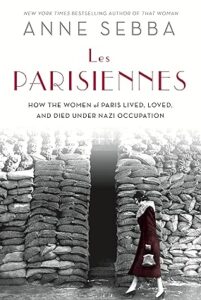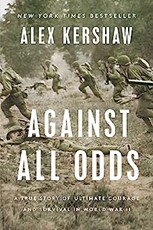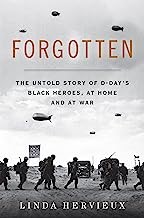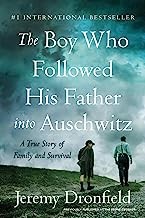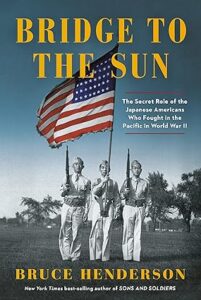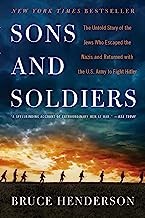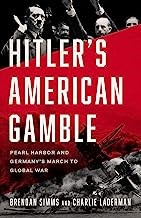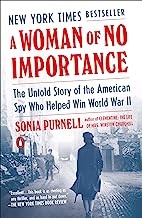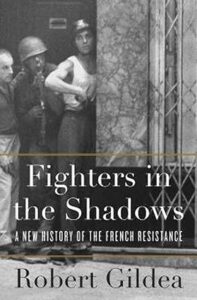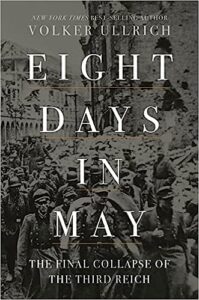HONG KONG’S DEFENSES NEAR COLLAPSE
British Crown Colony of Hong Kong • December 22, 1941
The British Crown Colony of Hong Kong consisted of Hong Kong Island (since 1842) and the Kowloon peninsula (since 1860) opposite the island. The New Territories across Kowloon Bay on the South China mainland was leased for 99 years. (See map below.) Together with several hundred other islands, the British possession was tiny, at 425 sq. miles/1,101 sq. km. A year after the outbreak of war between Japan and the Chinese Nationalist government of Generalissimo Chiang Kai-shek in 1937 (Second Sino-Japanese War), the Empire of Japan made its first subtle move against the neighboring British possessions. On October 21, 1938, the Japanese Army seized Canton (Guangzhou), a major Chinese port and transportation hub, as well as one of the country’s 3 largest cities. (The other 2 cities were Shanghai and Beijing, both occupied by the Japanese Army.) Canton’s occupation 80 miles/129 km north of Hong Kong effectively isolated the British enclave, while years of fighting in China had swelled the colony’s population by over a quarter of a million desperate refugees.
When the Japanese did invade Hong Kong from Canton province on December 8, 1941, all the ingredients of an epic tragedy were in place. Like the Japanese attack on U.S. naval and air facilities at Pearl Harbor, Hawaii, on the same day (Japanese time), the attack on the British colony was in violation of international law: Japan had not declared war against either the British Empire or the United States, but both attacks simultaneously touched off the Asia-Pacific War in World War II. The world held its breath as the first sizeable clash between Japanese and European ground forces got underway.
It quickly turned into a rout. Hong Kong was defended by a motley garrison of regular British soldiers (the largest contingent), a local colonial regiment, 2 recently arrived Canadian battalions from the West Indies and Newfoundland, 2 territorial units from India, and the Hong Kong Volunteer Defense Corps. The garrison counted a little over 14,500 men under arms with no air cover to speak of, just a few naval craft, and 60 artillery pieces, half of which were fixed in place. Arrayed against the defenders were nearly 30,000 combat-hardened Japanese soldiers and 4 dozen aircraft. Not 2 weeks before the Japanese invasion local British intelligence denigrated Japan’s ability to mount a successful attack on the colony owing to “ill-equipped troops,” “little artillery,” and “myopic pilots.” British hubris goes a long way in explaining why, on this date, December 22, 1941, most of Hong Kong’s defenders found themselves out of action, corralled by a tenacious enemy who marshaled superior manpower and firepower.
The British withdrawal from the mainland’s New Territories started on December 11. The Japanese made 2 demands for surrender, on the 13th and 17th; both were rebuffed by the Governor of Hong Kong, Sir Mark Young. In between, on December 15, artillery shells began falling on the island. As Japanese soldiers started taking prisoners beginning December 18 after entering the city, they also began executing them. On Christmas Day, December 25, 2 waves of Japanese soldiers entered the British field hospital at St. Stephen’s College and, in what became known as the St. Stephen’s College massacre, tortured and killed a large number of injured soldiers, along with the medical staff, perhaps 99 people in all. By the afternoon it was clear that further resistance was futile, so British colonial officials headed by Hong Kong’s governor surrendered in person at Japanese Army headquarters. The day is remembered locally as “Black Christmas.”
Triumph of the Rising Sun: Fall of Hong Kong, December 1941
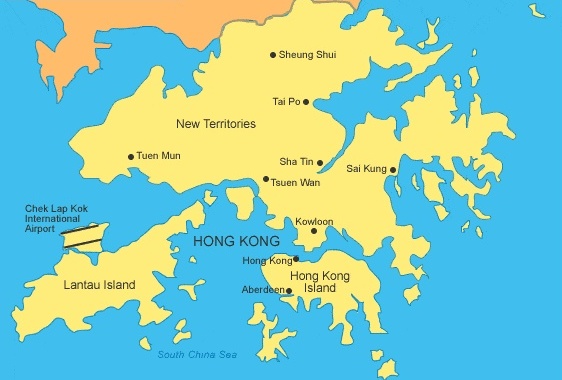 |
Above: The Japanese occupation of Hong Kong (yellow portion of map) began on December 25, 1941, after 2½ weeks of fierce fighting against superior Japanese forces that had invaded the British imperial colony from the Chinese mainland. The British garrison lost 4,440 killed, wounded, and missing to the Japanese 3,000 to 6,000. Civilian casualties were 4,000 killed and 3,000 severely wounded. Hong Kong’s capitulation initiated an orgy of killing and rape and almost 4 years of brutal Japanese administration. Between 7,000 and nearly 11,000 British, Canadian, Indian, and other soldiers and 2,800 civilian, mainly Western, residents—men, women, and children—were kept in prisoner-of-war or internment camps, some in Japan itself, where neglect, abuse, famine, malnourishment, and sickness were pervasive. Many, perhaps most, internees did not survive the war.
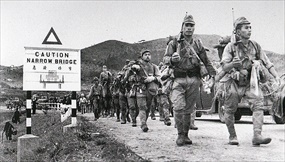 | 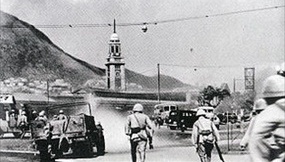 |
Left: A column of Japanese troops, some of the 30,000 men who assaulted Hong Kong in December 1941, march over a narrow bridge from Canton (Guangzhou) province on the Chinese mainland into the New Territories, whence they pressed steadily south.
![]()
Right: Japanese infantry advance into Kowloon, one of the colony’s most densely populated districts, within sight of Hong Kong Island and mount an assault on Tsim Sha Tsui (railway) Station, December 1941.
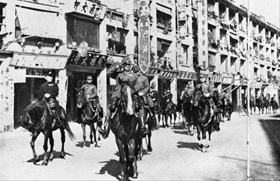 | 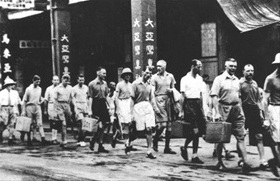 |
Left: Lt. Gen. Tadayoshi Sano (saluting, center) leads the Japanese victory parade on horseback shortly after the formal British capitulation was signed on December 26, 1941.
![]()
Right: Japanese soldiers escort British, American, and Dutch bankers to detention in a small Chinese hotel; some bankers were executed as enemies of Japan. The Japanese government sold the Hong Kong dollar to help finance its wartime economy.
Battle of Hong Kong, December 8–25, 1941
![]()

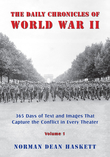 History buffs, there is good news! The Daily Chronicles of World War II is now available as an ebook for $4.99 on Amazon.com. Containing a year’s worth of dated entries from this website, the ebook brings the story of this tumultuous era to life in a compelling, authoritative, and succinct manner. Featuring inventive navigation aids, the ebook enables readers to instantly move forward or backward by month and date to different dated entries. Simple and elegant! Click
History buffs, there is good news! The Daily Chronicles of World War II is now available as an ebook for $4.99 on Amazon.com. Containing a year’s worth of dated entries from this website, the ebook brings the story of this tumultuous era to life in a compelling, authoritative, and succinct manner. Featuring inventive navigation aids, the ebook enables readers to instantly move forward or backward by month and date to different dated entries. Simple and elegant! Click 
